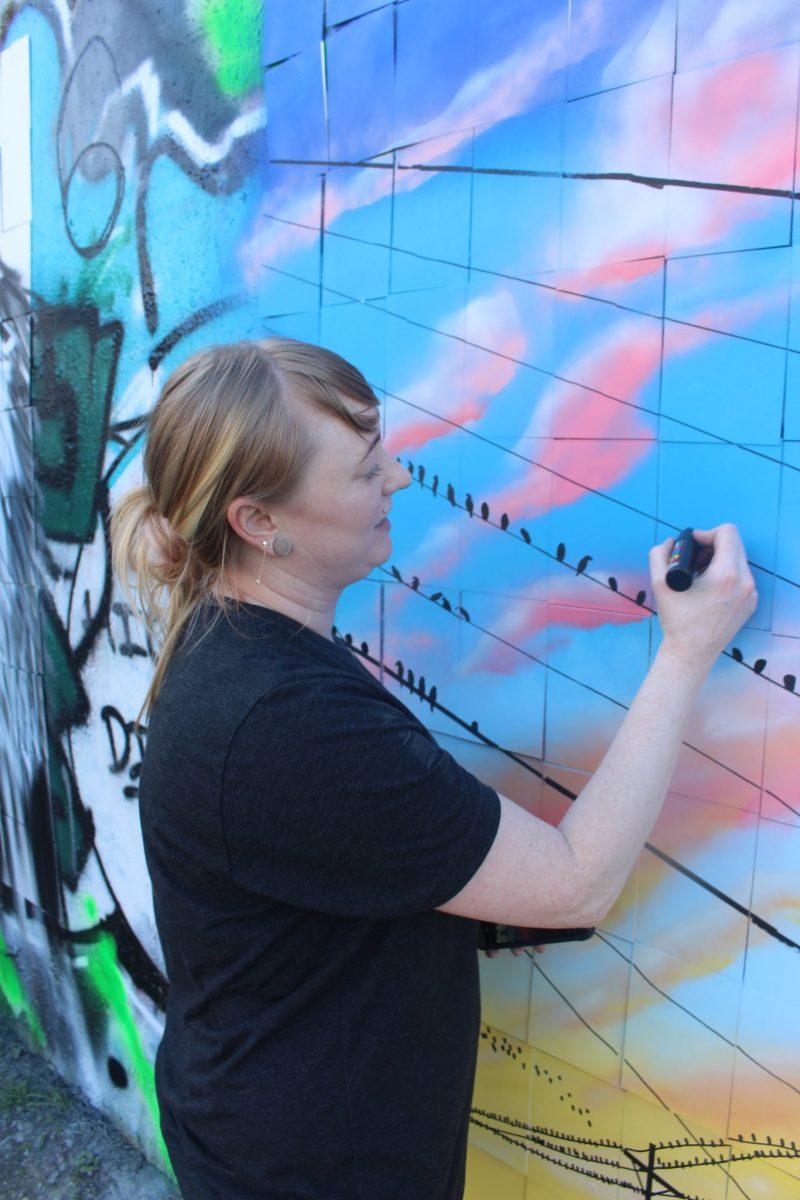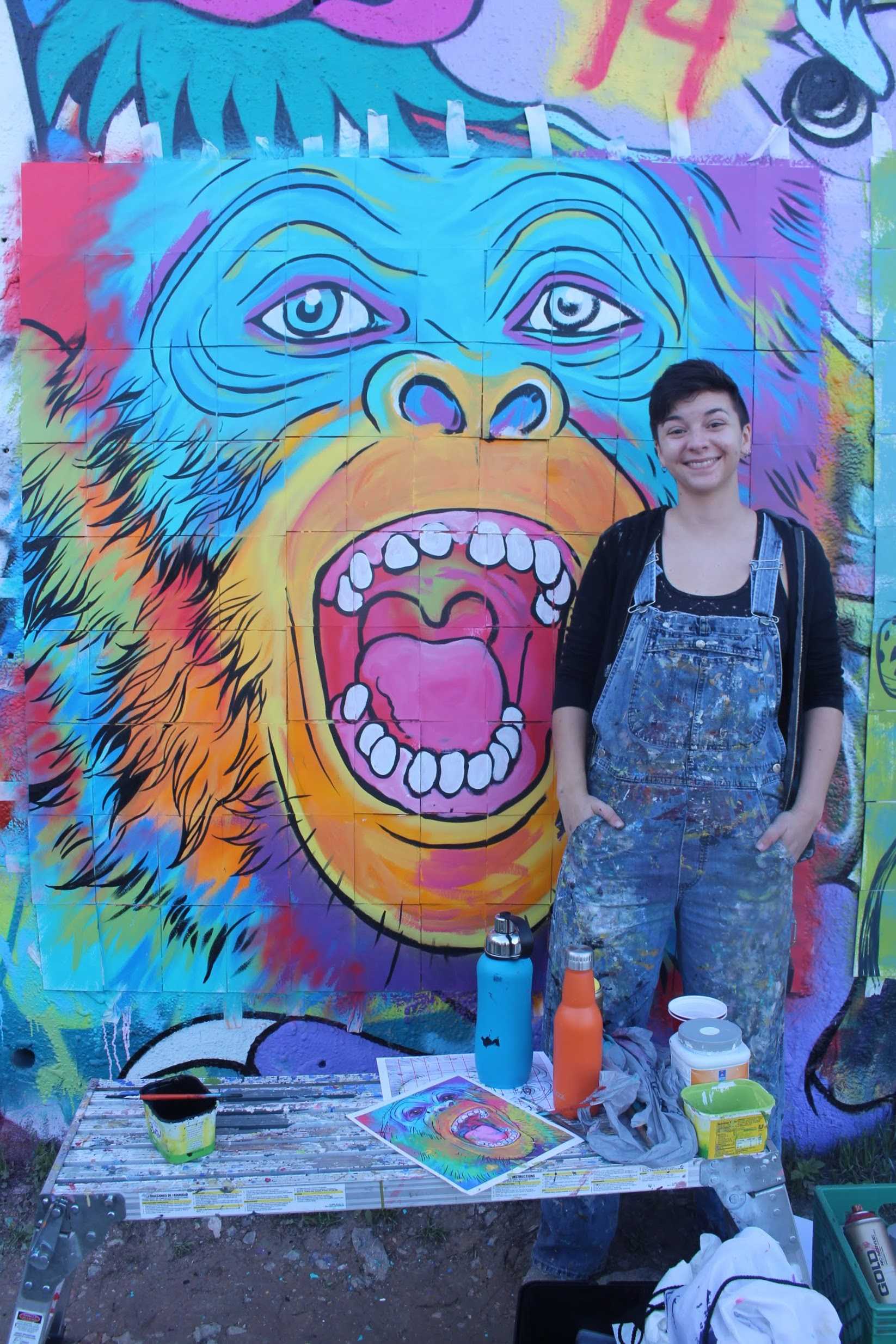For years, Austinites and tourists alike have gathered at the colorful concrete labyrinth, Graffiti Park, to create and share their spray painted artworks. But as the demolition and relocation of the park approaches this summer, many people are in dispute over whether this is the right decision.
Story by Bonny Chu and Blaise Compton
Photos by Lucian Smith
Hirsch exemplifies how Graffiti Park is a gathering place for all types of art.
“This organically became Graffiti Park, you know? People started breaking it in and spray painting,” said Rodd Quinn, a 39-year-old artist. “That other place is going to feel forced, like they’re making it into Graffiti Park. They’re not gonna have the view, they’re not gonna have the castle up there. This place has soul. This thing is alive.”
With the relocation of one of the concrete slabs to Carson Creek Ranch, near the Austin-Bergstrom International Airport, some say that the new destination will still have memories of the original icon.
Mary Crocker, a 32-year-old local artist, loves how significant the park is, but also sees how the new destination isn’t the worst idea. “I hope it’s more regulated,” Crocker says. “I’m surprised they don’t make everyone sign a release when they come here. It’s just kind of uncontrolled and unmanned, so it’d be nice if we had a better place to do it. I’ve got paint all over me. This isn’t even from me, its from climbing the walls here.”
Austin Hirsch, 23, a first-time visitor of Graffiti Park, said he has experienced the destruction of similar artistic community spaces before. “They just tore down a place like this in Denver,” Hirsch said. “It seems like places like these are going extinct and it’s really sad to see… I can understand it in a way, looking at all the trash around. It’s not necessarily the healthiest thing for the environment. If they put a little more regulation on it, I think keeping something like this is healthy for the community.”
Even Quinn agrees that the park needs more regulation. He says that people often paint over artists’ works with random tagging. “It feels horrible,” Quinn says. “I don’t care much about the tourism. They just want the background for their selfies to be Graffiti Park. For all the ‘John loves Jane’ stuff … you come all the way out here just to do that?”
Aerica Raven Van Dorn poses with her nearly complete mural.
Because of this, Quinn says he takes heavy measures to make sure his paintings can last. “You have to take pictures of it, because if you don’t, it will get covered,” Quinn says. “One summer I painted here for over 14 hours, and I stopped because the sun went down and I couldn’t get the picture. So I waited here all night for the sun to come up, protecting my painting like a bulldog from people walking up to it. Finally when the sun comes out and I get the picture, I thought, finally, I can go home and die.”
Regardless of its demolition, many Austinites and other tourists are taking advantage of the opportunity while it still stands. Justin McGovern, 19, says he travelled from Dallas and decided he needed to visit the popular park during his spare time.
“I was planning on coming here,” McGovern says, “because I’ve seen so many photos of it and I thought it would be a nice spot to see. I actually heard it’s getting taken down soon. My friend just told me that. I think they’re tearing down peoples’ masterpieces. They’re destroying all the art.”
Whether it’s this Graffiti Park or not, many say they love how the city promotes creativity and showcases individual work. “Austin is awesome,” Quinn says. “The city is dope. I love that they embrace the art scene so well. Graffiti is a big part of the city. You can tell they embrace it and accept it.”













































